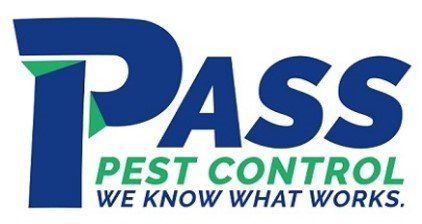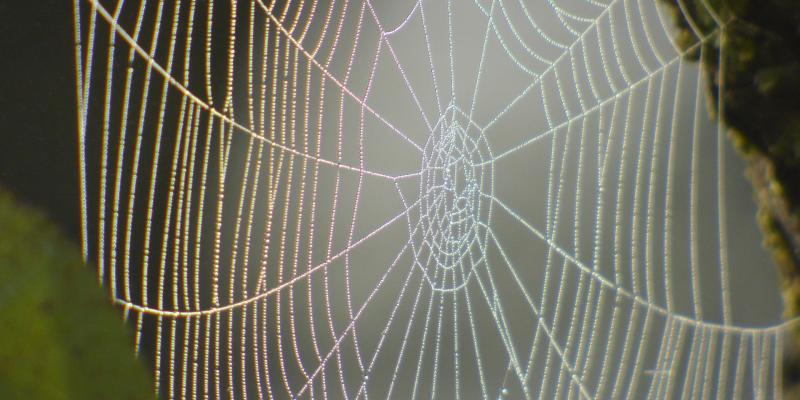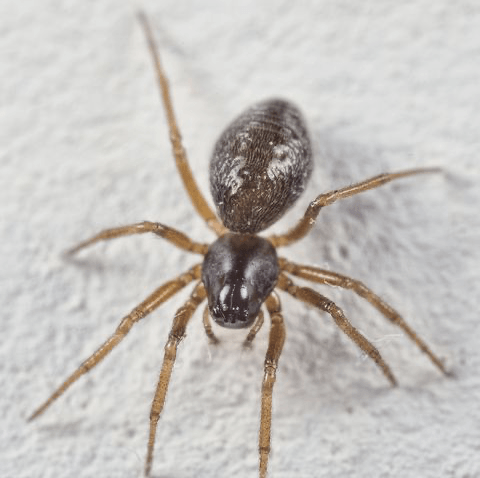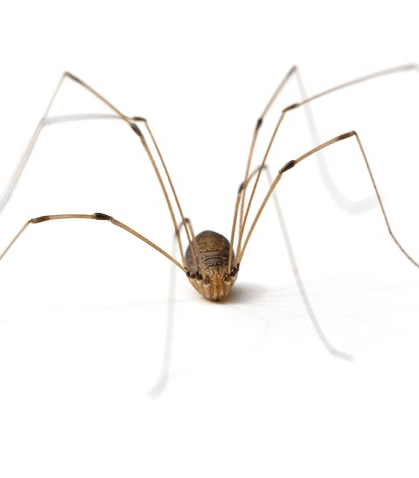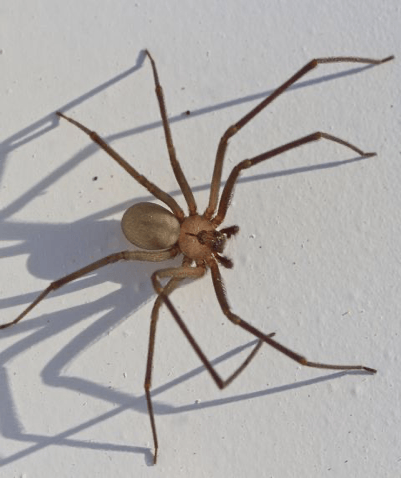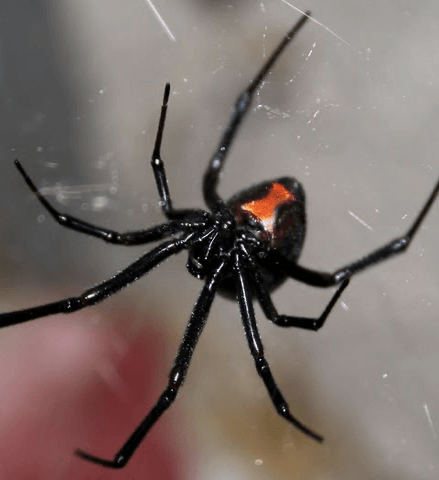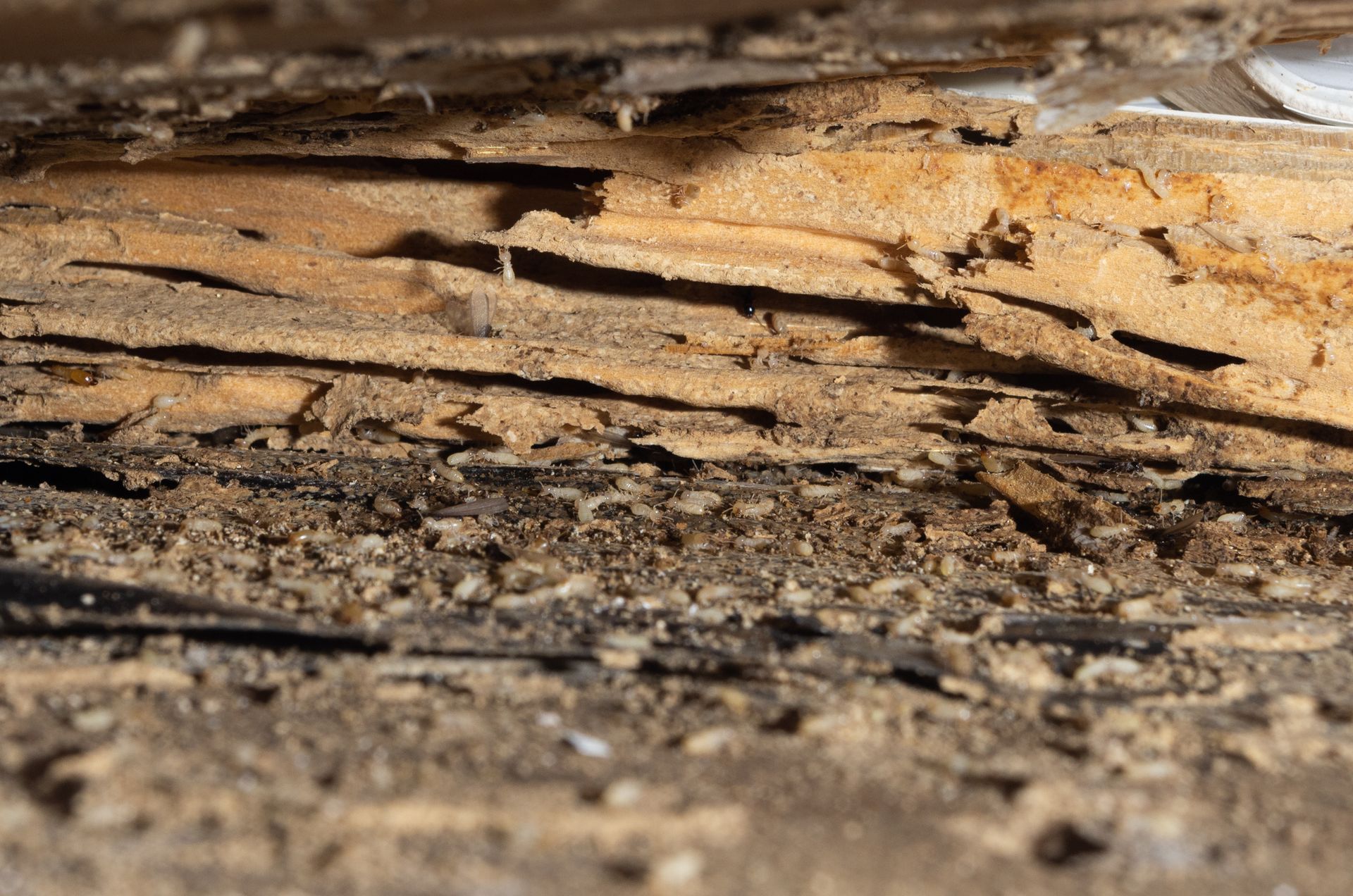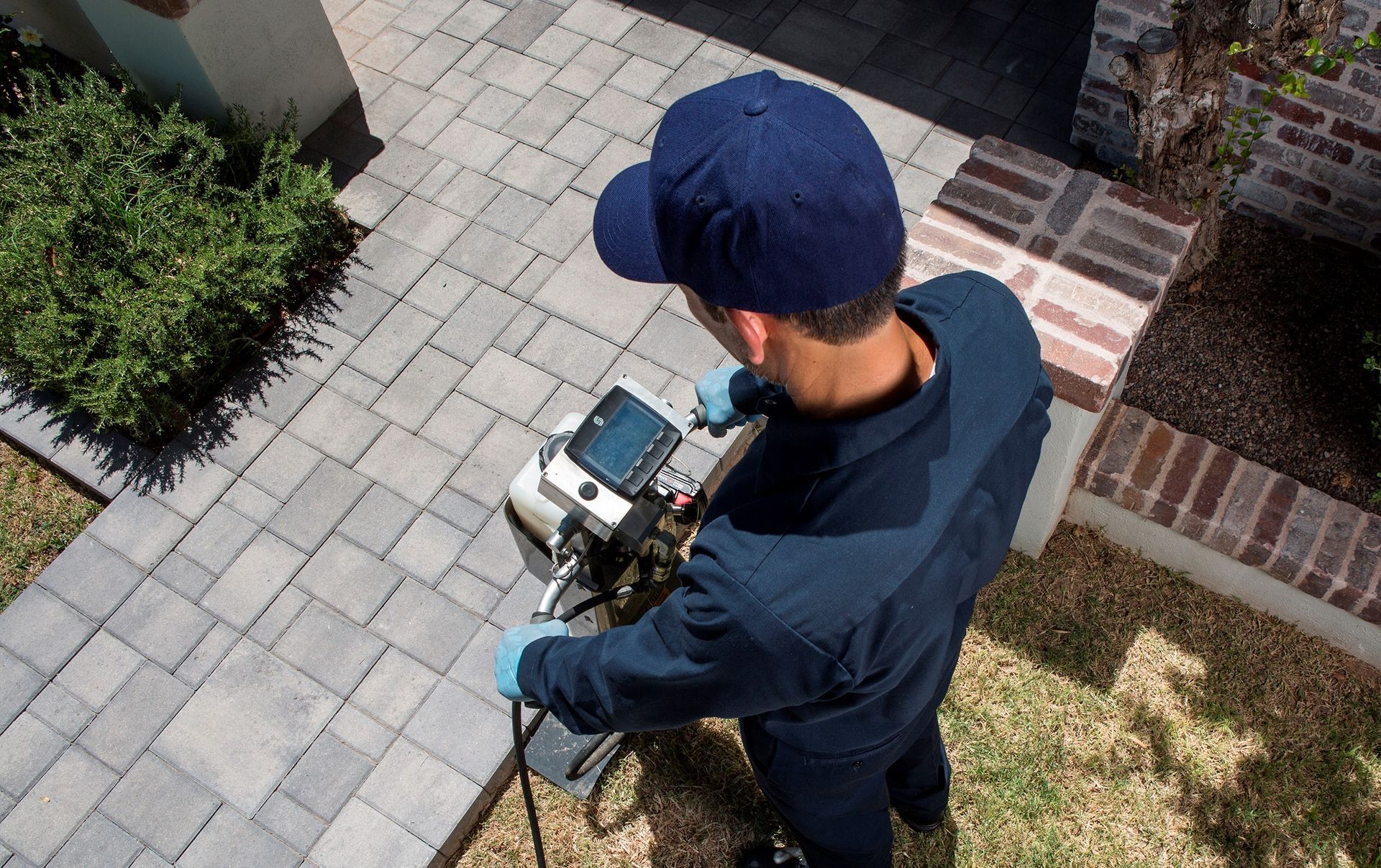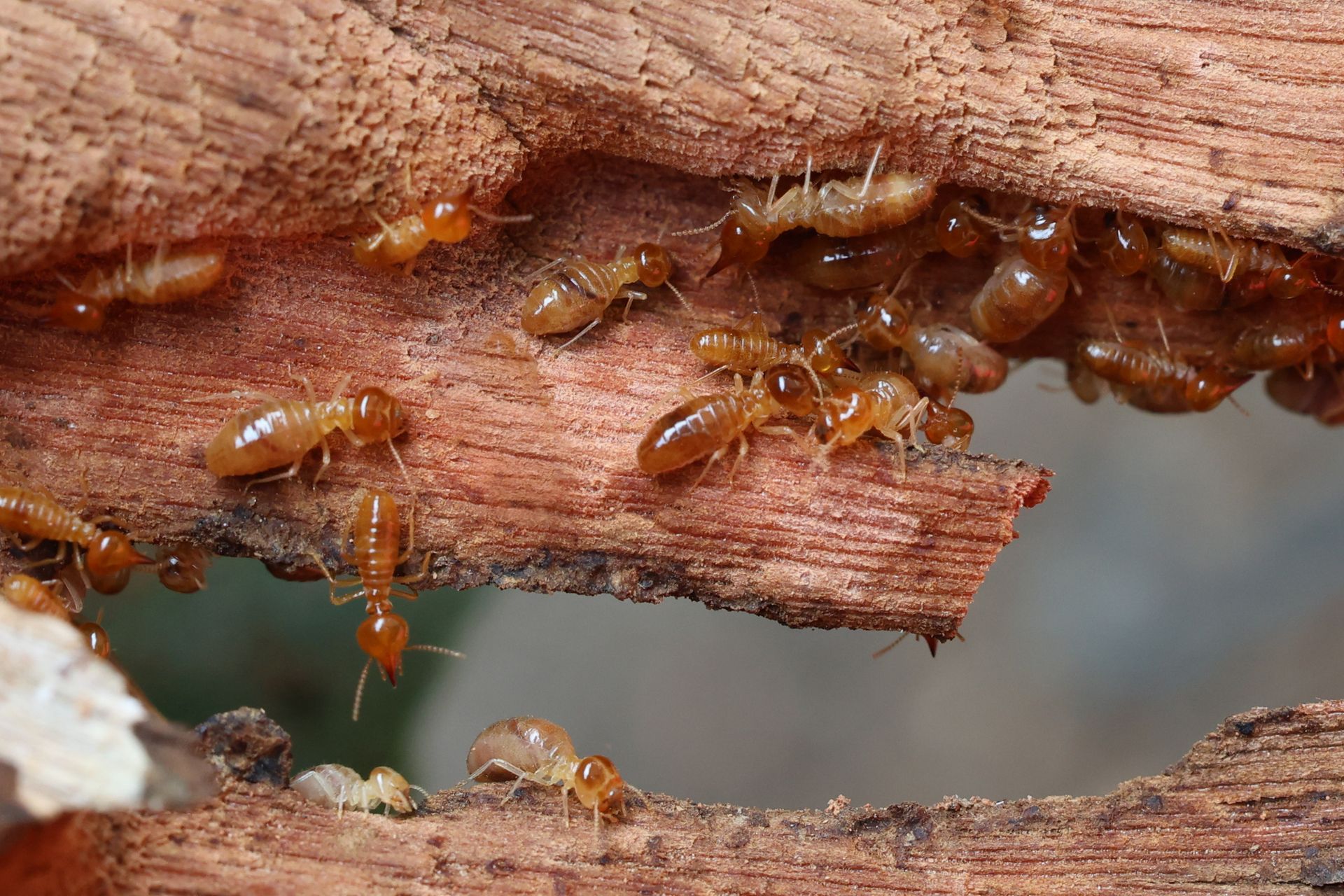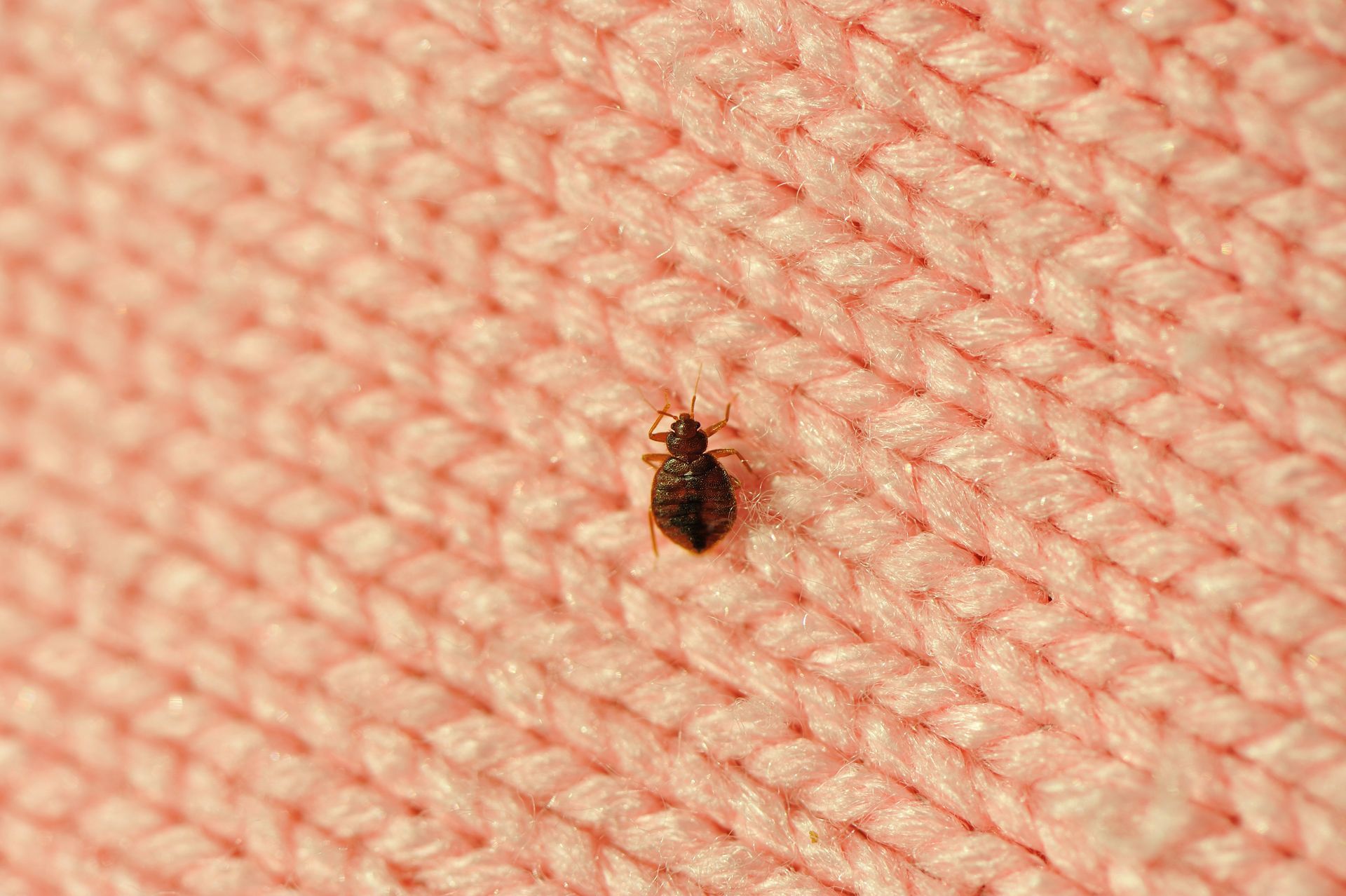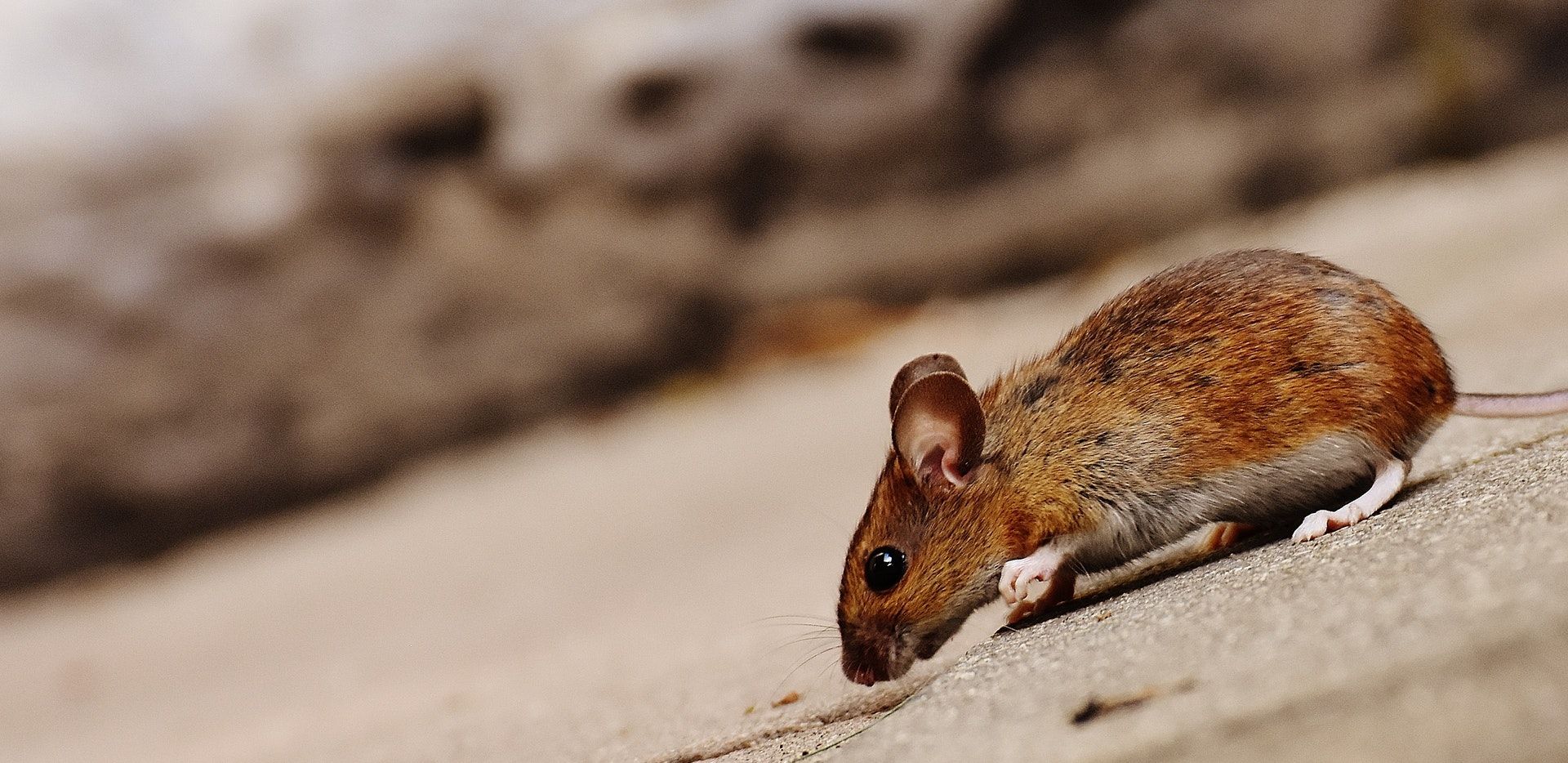DIFFERENT TYPES OF SPIDERS IN YOUR HOME
There are thousands of different types of spiders, some more harmful than others. While you are most likely not going to find a deadly spider in your home, they are not usually something people welcome with open arms. Most spiders you find in your home are quite harmless and can be helpful pest managers. We do however understand that as homeowners you would like to keep these pest managers outside as opposed to in. Here are a few common spiders you might be noticing in your home this winter.
American House Spider
The house spider is on the smaller size, no bigger than a nickel. They are a brownish grey color with white markings. These spiders create tangled, messy webs, often creating the cobwebs you often find in corners and around light fixtures. They usually hide in corners, underneath cabinets, and basements. Typically, they will only bite in self-defense but are harmless to humans.
Wolf Spider
There are more than 200 species of wolf spiders throughout the country. They can range in size, the largest growing up to an inch and a half. They are typically gray, brown, or black with what looks like fur. Unlike normal spiders they do not spin a web to catch prey but hunt them down instead. They can usually be found in basements, garages, and sheds. They harmless to humans and would rather hide from us than bite.
Daddy Longlegs
These long-legged friends are probably very familiar to you, but if not, they have a small, brown, round body and eight skinny, long legs. You can typically find them in dark, damp places like cellars, basements, and sheds. Unlike most spiders, daddy longlegs like to continue to build onto their webs, which can leave a mess of cobwebs over time. There is a myth that these spiders are one of the more poisonous spiders around, but they cannot bite through human skin. However, these spiders remain harmless to humans, and the transmission of poison through a bite has not been proven.
Brown Recluse
You may have guessed by the name, but these spiders are obviously brown, they can be identified by the violin shaped marking on their head. Also, unlike most spiders they have six eyes as opposed to eight. You will typically find them in undisturbed corners in your home, basement, and shed. They also like to hide in folded towels, sheets, and piles of clothes. These bites are harmful to human and can cause necrotizing wounds, meaning it kills the surrounding cells and tissue. If you suspect you have been bitten, it is wise to contact your doctor immediately.
Black Widow
Black widows can be identified by their shiny black color and red hourglass shape on their underside. They can be found in mailboxes or garages, but they typically like dark corners, edges, and tall grass. Black widows can be very dangerous to humans. Around 2,200 bites are reported a year, but there has not been a black widow related death since 1983. If you have been bitten you may experience intense pain, muscle stiffness, possible nausea and vomiting usually within a few hours of the bite. If you or someone you know has been bitten go to the ER or contact a doctor immediately.
Getting Rid of Spiders
Usually, the best way to get rid of spiders, that does not involve stepping on them, is vacuuming them up or capture them in a cup and put them back outside. If you are looking for a more permanent solution here are some preventative measures to keep spiders out of your home:
- Seal cracks around the home with caulk
- Trim back vegetation from the home
- Repair torn screens and openings in doors and windows
- Inspect firewood before bringing it into the home
- Use a dehumidifier in the home, as many spiders are attracted to moisture in the air
Don’t let pest take over your home or business this winter. Our team of experts is here to assist you with all your pest problems. Call Pass Pest Control at 812-575-4244 to schedule your free inspection today.
